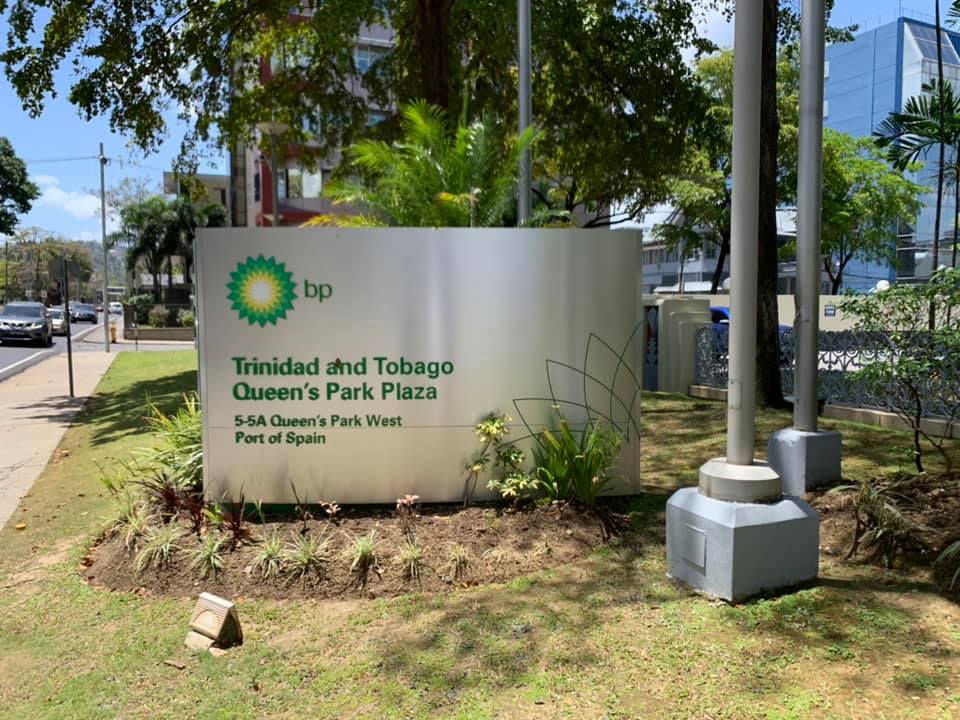
(Trinidad Guardian, 4.Aug.2021) — It was in 1973 that the world experienced the first oil-price shock. It was spurred by the Yom Kippur War in the Middle East in which the Americans and other Western countries supported Israel in its war against Egypt and Syria.
This led to crude prices quadrupling to US$12 a barrel and an embargo against export from the Middle East to many western countries.
It was around the same time, the then Amoco, brought on its billion-barrel Teak, Samaan, and Poui fields off Mayaro. The combination of price and production, as well as, the second price shock led to what many refer to the oil boom that T&T witnessed in the 1970s.
During the oil boom there was significant economic expansion.
The country saw the construction of many major highways, the Eric Williams Medical Sciences Complex, the Hasely Crawford Stadium and many of the secondary schools.
The Point Lisas Industrial Estate was started, water and electricity was expanded, there were significant wage increases, people moved out of agriculture, and whatever agriculture remained, such as Caroni 1975 Ltd, was heavily subsidised.
In short, money flowed like water in this country, and a lot of it was neither used efficiently nor invested wisely.
As happens with all commodities, particularly oil and gas, there is the boom and bust cycles, and to be honest since the TSP discoveries, the country has never had the same exploration success in crude oil.
What happened is that Amoco drilled looking for oil and instead found large amounts of natural gas.
Natural gas is different to oil in terms of its development. With oil, because it operates in a global market in which the price of the commodity is known by everyone and has less arbitrage, it is possible to simply produce the oil and put it on a ship, selling it on the international market as it heads to a refinery.
With natural gas, initially, you had first to develop a project. This project required the identification of an end user. So for Amoco, which would then become bpTT, the strategy had to be if they are going to produce the gas, explore for the gas, and bring it to market, it must mean that they can sell it.
Some may go to petrochemicals, but a lot it was determined could be sold on a long-term contract as LNG.
At the time, there was a captive market for LNG in the US and other parts of Europe. Technology and large quantities of relatively cheap natural gas significantly contributed to what would be a project of projects.
That is what Train 1 was to this country. Make no bones about it!
As a specialised energy journalist, I covered the Atlantic LNG Train 1 story up close. I was invited to tour the plant during its construction and was at the official opening.
Atlantic made major changes to things we take for granted, like the level of construction safety on large projects, drug testing, and requirements for harnesses, hard hats and boots.
It saw a consortium of gas producers, LNG ship owners, those who owned the regasification facilities, shareholders in power generation, and of course, the traders coming together.
Through the National Gas Company, the government took a share in Train 1 because it wanted to have skin in the game, and Atlantic Train 1 was set up as a tolling facility, so it was paid a fee to process the gas and turn it into liquid for export. It was an arrangement in which the return would mean that NGC was unlikely to lose its money, but with limited gas production, without ships, without trading, without regas, without power generation investments, its reach was limited.
Further, the NGC with no trading experience, arranged with bpTT to trade its LNG share, at least its limited number of cargoes.
A lot has changed in the ensuing 20 years.
LNG has become almost ubiquitous, natural gas in T&T is not as abundant, and certainly not as cheap, and bpTT’s discoveries have become progressively smaller.
It is also clear that the 13 years of uninterrupted economic expansion to 2008 and the high revenue that the country received from 2010 to 2014 was a direct result of LNG production and prices, strong oil prices and, of course, petrochemicals.
A lot of this is driven by natural gas production.
For more than 20 years, bpTT has been the country’s largest natural gas producer and when bpTT is doing well this country tends also to perform well economically.
It is why the revelation that bpTT’s projections are much lower than anticipated is a major worry for the economy.
Guardian Media reported exclusively that bpTT told the Dr Keith Rowley administration that going forward, it should expect much lower than forecasted natural gas production, with the shortfall being as high as 15 per cent this year and over ten per cent until 2024.
In a confidential series of documents bpTT also told the administration that it has sustained significant losses over the last five years, including a whopping $2.825 billion before tax last year.
The documents show that even with the announced projects like Matapal and Cassia C, while they will increase production by about 140 million standard cubic feet per day (mmscf/d) of gas, this will still fall short by an average of over 200 mmscf/d.
To put it into context, that is enough gas to run two methanol plants and more than 60 per cent of all the gas the country needs for electricity generation.
The news could not come at a worst time for the Rowley administration, already faced with the embarrassment of spending a quarter of a billion dollars in a desperate attempt to save Atlantic LNG’s Train 1, which is now likely to be mothballed. Sources said yesterday that Energy Minister Stuart Young would soon make an announcement on Train 1.
Guardian Media has reported that Young asked the shareholders to give him time to take the matter to the Cabinet and put in place a public relations plan around the announcement, which will include the soon to be released improved financial performance of the NGC.
BpTT subsequently sent out a press release insisting that the projections were likely to change but did not provide a shred of evidence of how or why, preferring instead to rely on spin rather than allowing for the transparency required for citizens, not government, the citizens who are the owners of the oil and gas to know what is the real situation the country faces.
Rather than own its projections, the multinational tries to confuse the country by saying the projections it presented to the government days before are likely an inaccurate picture.
That being said the project paints a picture of the largest multinational accepting that unless things, they do not at the moment foresee, change, it is likely that the country has to find the gas from elsewhere.
This must mean the need to encourage more exploration, government has to relook its fiscal regime, and we must know what is the plan for natural gas going forward.
Hiding the gas strategies recommendations is not the way the country will grapple with its challenges.
Government must be respectful of the population’s right to know.
On another note, the NGC and Methanex must be congratulated on reaching a gas sales agreement that will bring stability to T&T’s methanol production going forward.
____________________
By Curtis Williams

